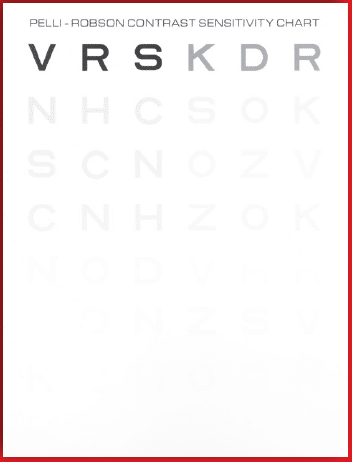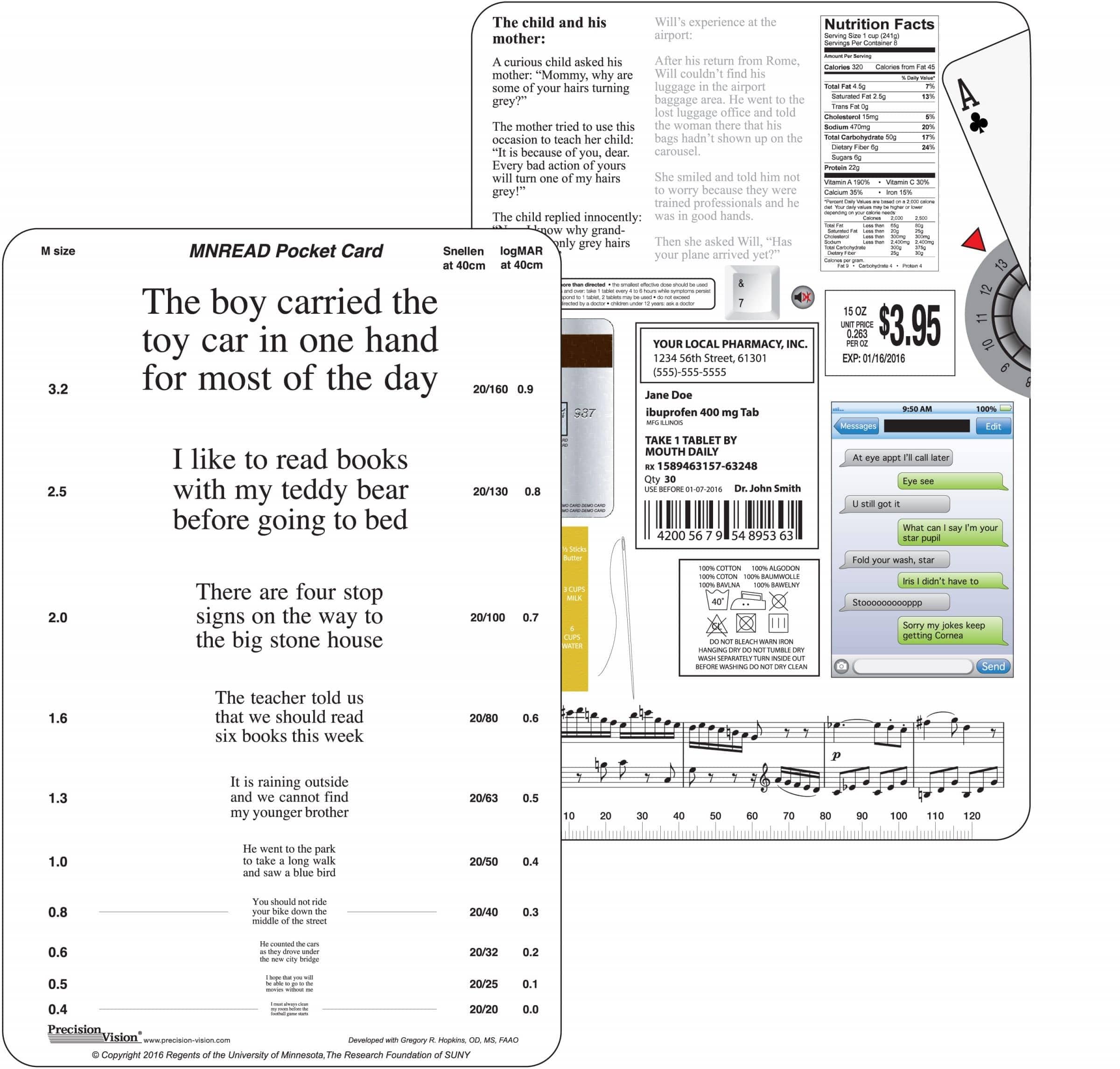
Interactive Vision Assessment: Visual acuity software – Precision Vision
IN THE NEWS
Precision Vision continues to grow with the latest developments in the eye care industry. At the forefront of these developments is interactive vision assessment. While current letter charts are still of absolute importance in vision testing, interactive testing allows the eye care professional new ways to extend their care and rule out bias factors. We’re very excited to tell you more. See below.
Interactive Vision Assessment: The next frontier
Letter charts have been the standard method for testing vision since the 1860s – first in plain printed charts, then on projector charts, and recently on computer monitors. Computer screens offer some advantages over the other methods, not the least of which is that they are far less influenced by ambient room light than a projector screen or even a wall chart might be.
Yet the usual displays on a computer screen do not eliminate potential bias on the part of the clinician. Clinicians still need to ask the patient what he or she sees. If the patient initially says a line or letter is illegible, some clinicians will accept the response and move on. Others, however, might encourage the patient to try a little harder to make out the letter.
The Interactive Vision Assessment (IVA) system, recently introduced by Precision Vision and developed by August Colenbrander, MD, gives patients a four-button remote control as their response unit. So, for instance, when patients see one of the four possible Tumbling E positions (or one of four Landolt C positions, Patti Pic, or HOTV choices), they respond using the remote control. If the response is correct, the next stimulus is one step smaller. If the response is incorrect, the next stimulus is one step larger. The system runs the test by going up and down to determine a patient’s visual threshold and remains independent of any observer bias.
Children are drawn to the system, because they think it’s a computer game. Dr. Colenbrander said he knew the product would find a home in preschool testing when his 4-year-old grandson wanted to “play” the game again and his grandson’s friends clamored to play the game next. Older adults enjoy the interactivity and view the visual cues as a type of challenge.
“You won’t get that response from a traditional letter chart,” Dr. Colenbrander jokes.
A graphical display of the interactive results allows the clinician to judge the consistency of the responses and to spot malingering.
But it’s not all fun and games. The IVA system also offers letter charts in an ETDRS format with a choice of standardized optotypes, and can display fixation marks, phoria tests calibrated in prism diopters, various Amsler grids, or a Worth 4-dot test.
Precision Vision employed the highest quality manufacturing standards for which it is known to the production of the IVA. For more information, contact: [email protected].
PRODUCT PROFILE
IVA™ – Interactive Vision Assessment
IVA uses an automated staircase procedure, which is the longtime favorite for psychophysical testing in the laboratory.
The patient, using a 4-button responder, responds directly to the computer. The IVA algorithm determines the test sequence.
A correct response is followed by a smaller stimulus, a correct one by a larger stimulus.
SEE PV
Upcoming Tradeshow
Visit Precision Vision at the following tradeshow. We hope to see you there.

Share Your Stories With Us!
Precision Vision® wants to hear your stories. Tell us how you are impacting the industry. Do you have an interesting story to share about a Precision Vision® product? Contact us and we may use it in a future newsletter.





